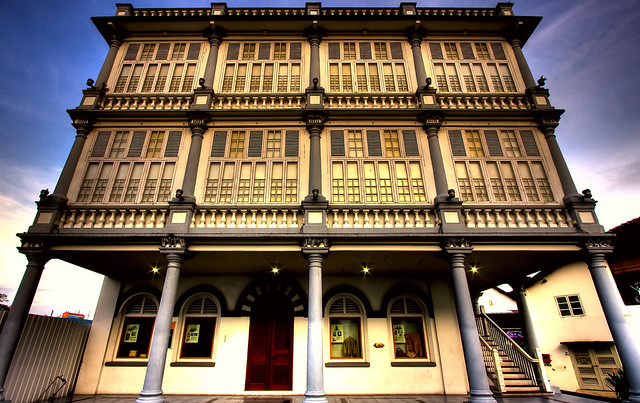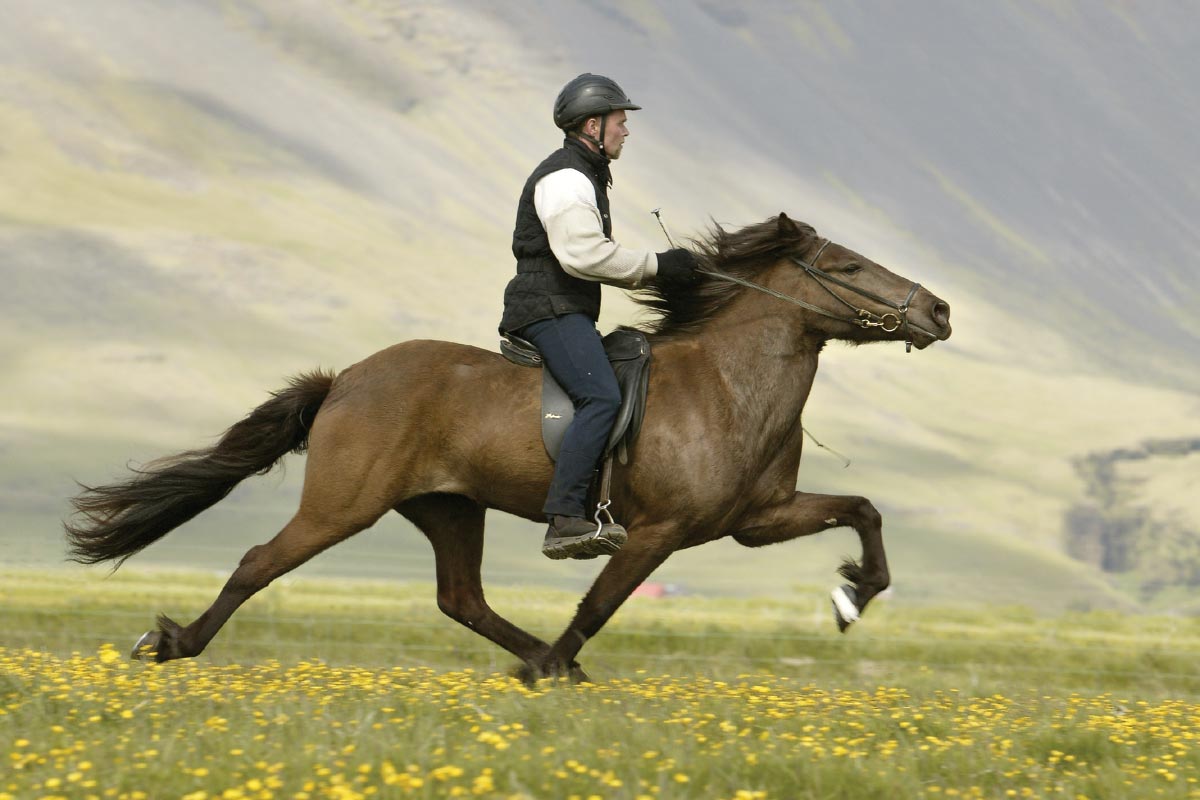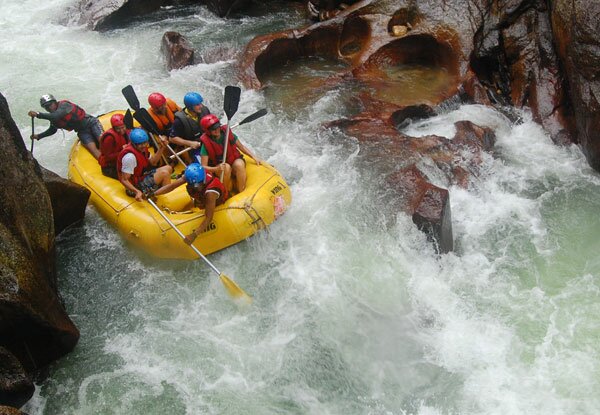
Malaysia is a well-known destination for deep-sea diving. The country’s geographical location is such that both peninsular Malaysia and Malaysian Borneo are surrounded by some of the richest and diverse marine habitats. Additionally, the various oceans and seas, that surround these two land masses like the Andaman Sea, the Straits of Malacca, the South China Sea and the Sulu and Sulawesi seas, are largely unexplored and thus relatively unspoiled or unpolluted by humans.
Hence the seas and sea beds around Malaysia teem with spectacular marine life including 3000 species of fish, 1000 species of Bivalvia and more than five hundred species of live coral. These magnificent statistics are a major draw for the hordes of scuba diving enthusiasts who head to Malaysia’s shores each year. Deep-sea diving is available at various oceanfront locations around Malaysia. Listed below are some of the country’s premier deep-sea diving locations.
Sipadan
Consistently ranked amongst one of ten best dive destinations in the world, Sipadan Island situated in the Celebes Sea off the east coast of Sabah is a favored spot of scuba enthusiasts who visit Malaysia. The island which is equipped with nearly a dozen excellent dive sites has unique geography associated with it, in the sense that it is the only oceanic island in Malaysia. This means that island of Sipadan rises directly from the seabed and not from the continental shelf. The island’s pristine beaches and lush rain forests are in fact situated atop a prehistoric volcano that rises to a height of 600 meters from the bottom of the sea. The sparkling waters around Sipadan which teem with much marine life have are also renowned for another characteristic, their amazing year round visibility which is further enhanced to as much as 50 meters during the dry season (between the months of March and October).
Each of the dive sites on Sipadan like White-Tip Avenue, Turtle Patch, Staghorn Crest, Lobster Lair, Hanging Gardens, West Ridge, North Point, Sipadan Jetty, Turtle Cavern, Barracuda Point, South Point and Mid-Reef, have their own unique characteristics and offer sightings of magnificent sea creatures like parrot fish, eagle rays, white-tip reef shark, green and hawksbill turtles, hammerhead, thresher and whale sharks along with much hard and soft coral.
However, in order to gain access to the many wonders of Sipadan Island, you have to first secure an entry permit to the island from the Sabah Parks department as Sipadan Island and its environs are classified as a protected enclave. 140 permits are issued daily and the resort, which you choose for your stay on the island, in all probability, will acquire a permit for you.
Lankayan Island
Lankayan Island is yet another Malaysian island locale well-known for deep-sea diving. Lankayan Island is located approximately 80 kilometers to the north of the city of Sandakan on the northeastern coast of Borneo and is accessible via a one and half hour speed boat ride. The island offers nearly 20 dive sites including several wrecks and small reefs, which serve up sightings of diverse marine creatures like tiny nudibranchs, yellow jawfish, frog fish, cuttlefish, pipefish, groupers and even whale sharks and rays. Lankayan Island is open for dive visits all year round, though the best time to visit is during the ‘dry season’ from March to October.
Layang Layang Island
Layang Layang, whose name translates as ‘kite’ in Malay, is fast becoming another favored dive destination in Malaysia, after famed Sipadan Island. This island heaven is situated in the South China Sea about 300km north-west of the city Kota Kinabalu, the capital of Sabah.
Layang Layang is surround by warm, crystal clear waters that offer both deep-sea and macro diving. The island is surrounded by a ring of coral reefs which create a lagoon that is perfect for snorkelers. However, deep-sea divers venture further out to explore the island’s splendid reef walls that plunge to depths of 2000 meters below the ocean and offer viewings of creatures like bump-head parrotfish, morray eels, black-tip sharks, nudibranchs, barracuda, manta rays, hawksbill turtles and tuna.
The star attractions at Layang Layang Island are the fearsome hammerhead sharks, which are seen in hordes in the waters around the island during the April-May mating season. Diving on Layang Layang Island is open from March through August as the island closes for the monsoon season from September to February.







